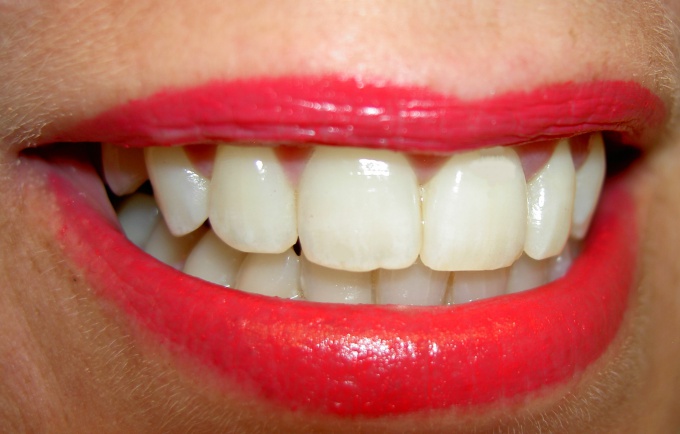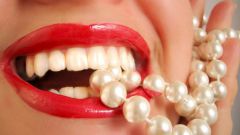Instruction
1
In order to determine what you have a bite, close your jaw, bare your teeth and look in the mirror. With proper occlusione upper teeth should touch the lower teeth. The teeth of the upper jaw should be a little lower in front, with molars should be in contact tightly.
2
Pay attention to the distance between the teeth. In normal occlusione there should be no gaps.
3
Jaws must not be too developed and strong to bulge forward. Weak development of the jaws is also considered to be an anomaly.
4
The number of teeth should be smooth both on the ground and upstairs. There should not be teeth strongly protruding forward or back, increasing second row.
5
Take a longitudinal line in the center of the face. If problems with the biteOhm no, the line must be strictly between the upper and lower Central incisors.
6
There are several types of proper occlusionand:- if the closing of the jaws the upper cutter overlaps the bottom, but only touches with it sharp edges, so you have a straight bite;
- orthognatic bite. In this bitee upper incisors one-third cover the bottom. May be a slight inclination of the teeth, but the angle should be the same for all teeth;
- bobrovnitskii bite is characterized by the slope of the upper and lower incisors forward, the incisors should still contact with each other;
- when progenetica bitee lower jaw very slightly forward.
- orthognatic bite. In this bitee upper incisors one-third cover the bottom. May be a slight inclination of the teeth, but the angle should be the same for all teeth;
- bobrovnitskii bite is characterized by the slope of the upper and lower incisors forward, the incisors should still contact with each other;
- when progenetica bitee lower jaw very slightly forward.
Useful advice
If you find signs of malocclusion, contact your orthodontist. Competent professional advice will help to prevent the development of such anomalies, and to correct existing ones. It is especially important to see a doctor small children, as children's teeth more susceptible to change.



